01 What is prefabricated housing?
What exactly is prefabricated housing? Starting with this first question, let me guide you into the world of “prefabricated” housing that you may not know about.
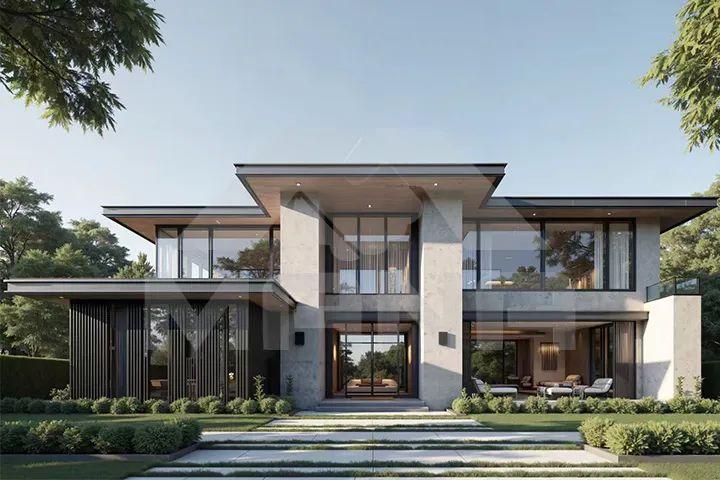
Prefabricated Housing – Diagram
Prefabricated housing, a subset of prefabricated construction, refers to shifting much of the traditional on-site construction work to the factory. Building components and parts—such as floor slabs, wall panels, stairs, beams and columns, balconies, etc.—are manufactured in the factory, transported to the construction site, and assembled on-site like building blocks using reliable connection methods to form an integrated house.
This differs from traditional brick-and-mortar houses, which require manual stacking of bricks and cement piece by piece. The traditional method is time-consuming, labor-intensive, environmentally unfriendly, costly with uncontrollable expenses, and results in inconsistent quality.
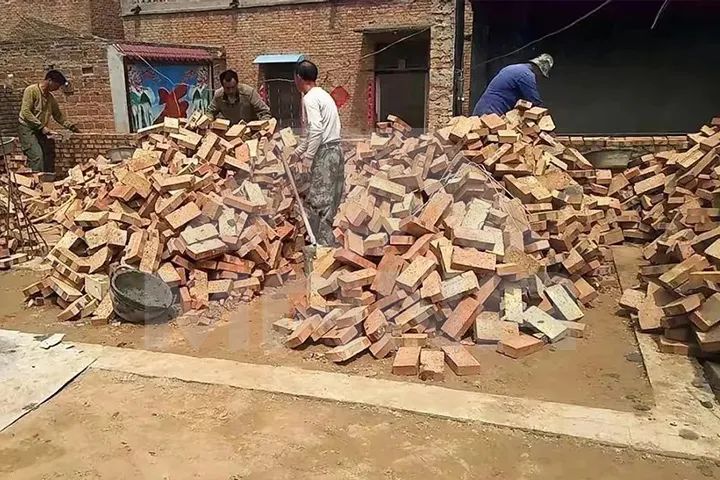
Traditional Brick-and-Mortar House Construction
Advantages of Prefabricated Housing:
- High Efficiency: Compared to traditional methods, factory production is not affected by adverse weather or natural conditions, making the construction schedule more controllable and production efficiency much higher than manual labor.
- High Precision: Prefabricated housing components have millimeter-level accuracy.
- High Quality: Factory production significantly improves component quality.
- Greatly reduces dependence on manual labor.
- Dry on-site assembly saves water, electricity, and materials, making it environmentally friendly.
- Has a relatively complete standard design system.
- Strong structural seismic resistance.
- Can increase usable building area.
Although prefabricated housing offers advantages such as energy saving, environmental protection, and shorter construction time, its cost is relatively higher, and it requires more skilled labor.
02 Is Prefabricated Housing Safe?
Structurally, prefabricated components are much sturdier than brick houses, heavy steel, or light steel buildings. All walls and floor slabs are precast in factories using reinforced concrete, forming an integrated whole. The assembled walls and roofs have better compressive and seismic resistance than traditional houses.
Material-wise, all walls meet national standards for concrete thickness, and their quality is several times better than traditional walls. Besides excellent insulation, thermal resistance, and soundproofing, the sturdiness and earthquake resistance far surpass traditional structures, making them like “fortress buildings” with “walls of copper and iron.”
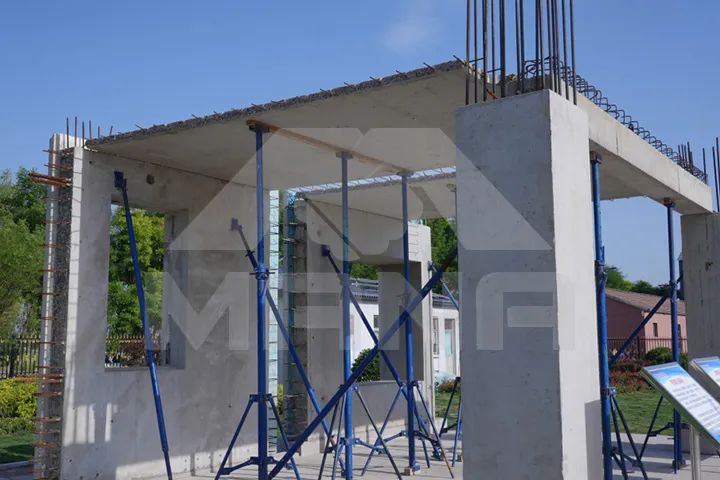
Prefabricated Housing Construction 01
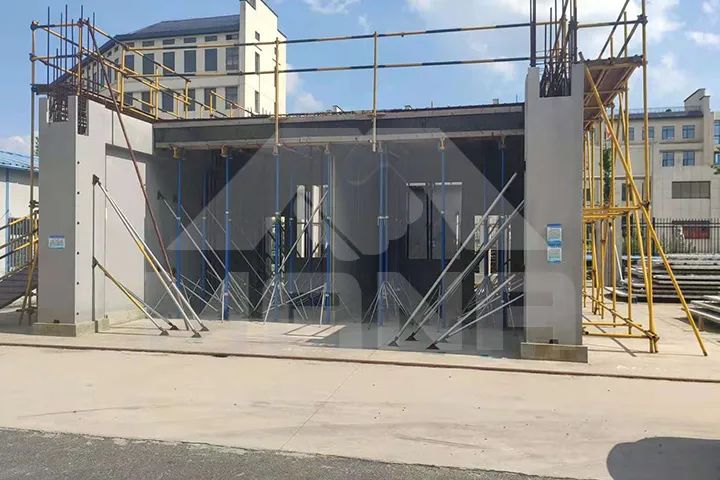
Prefabricated Housing Construction 02 & 03
How are the wall joints of prefabricated houses connected?
The floor slabs and walls are connected using sleeve grouting. After the connection is made, high-strength concrete is poured on-site at the joints to fill the gaps, integrating the floor slabs and walls into a solid whole. This ensures the main structure remains sturdy and stable, with no cracking or deformation expected within a hundred years. The wall connections in prefabricated houses are very secure.
04
Does prefabricated housing require special foundation conditions?
Before construction, professional surveyors assess the soil quality of the building site and provide an evaluation. Based on the results, an appropriate foundation for the prefabricated house is built. Unless the soil condition is extremely poor, commonly used foundation types generally meet the construction requirements for prefabricated housing.
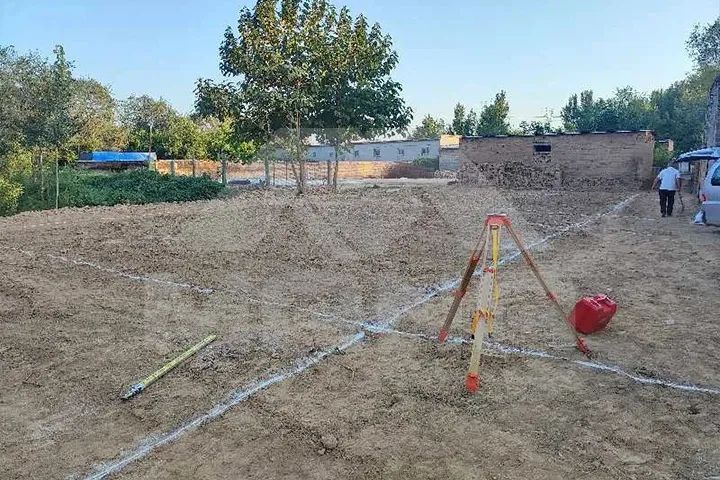
Prefabricated Housing – Foundation
Leave a Reply